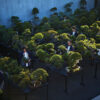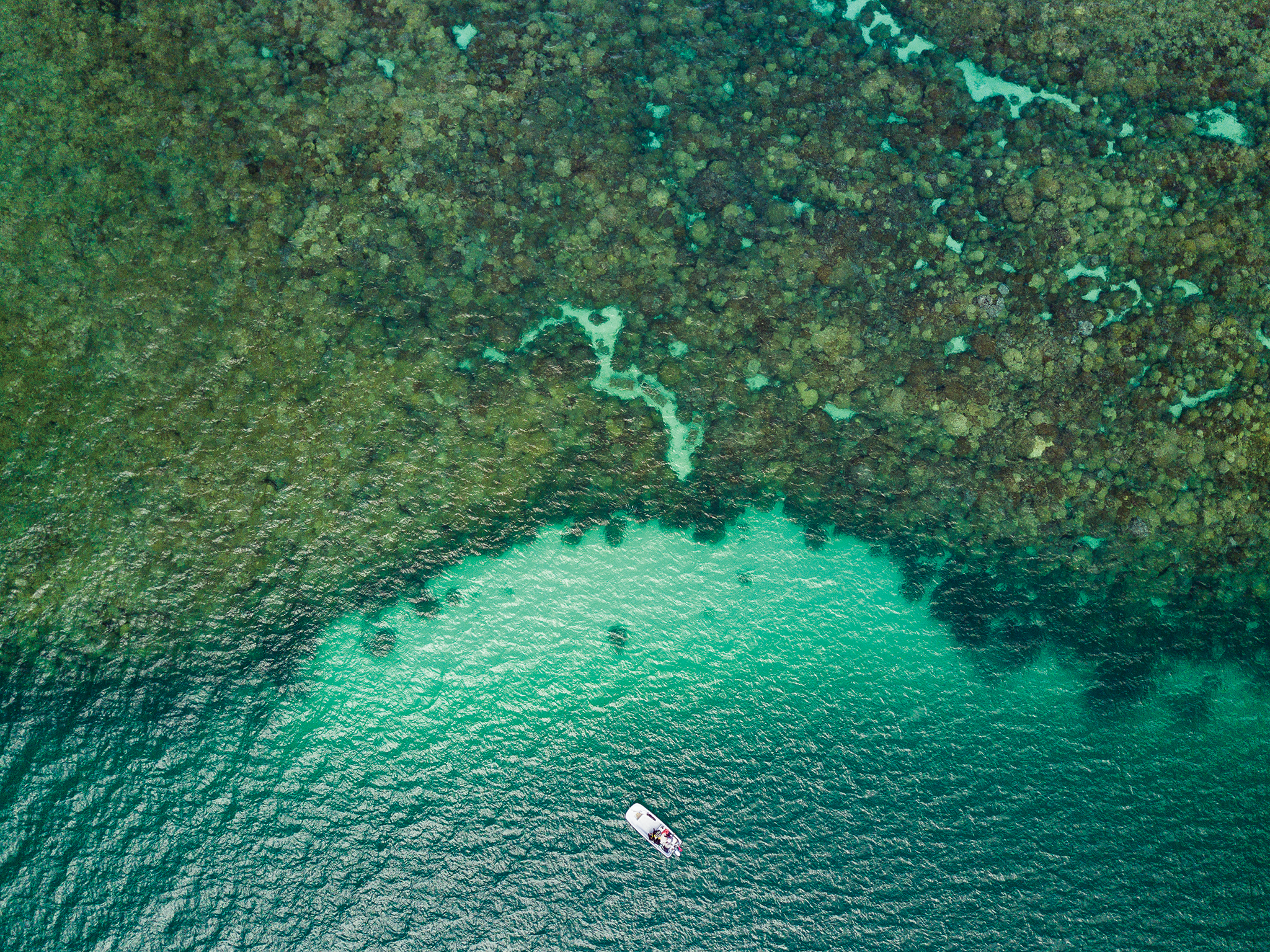Text by Timothy A. Schuler
Images by Lenny Kaholo and Wayne Levin
The Hawai‘i Institute of Marine Biology occupies several bland, bunker-like buildings near the center of Coconut Island, which sits a quarter mile offshore of Kāne‘ohe. It’s not the easiest place to reach.
You don’t just drive up and park. Instead, to visit the institute, which is home to a series of research laboratories affiliated with the University of Hawai‘i at Mānoa, you must take at least two shuttle rides: the first in an aging, gray Honda CR-V, which ferries you from a parking area near Windward Mall to Lilipuna Pier; the second via a skiff that collects you from the end of the pier and takes you the rest of the way.
One spring, I made the multi-leg journey there to visit the Coral Resilience Lab. Founded in 2003 by marine biologist Ruth Gates, the lab has produced some of the world’s most important coral research.
Gates gained international recognition when she issued a clarion call for the world’s coral—Earth’s coral reefs were in serious trouble, Gates insisted in interviews with National Public Radio and National Geographic. The oceans were warming, and corals couldn’t keep up.
Like most living things, corals are capable of adapting to environmental conditions, but the Earth’s oceans are warming too rapidly for most coral species. In 2013, Gates experimented with something she called “assisted evolution.”
You May Also Like: A Restoration in Bloom
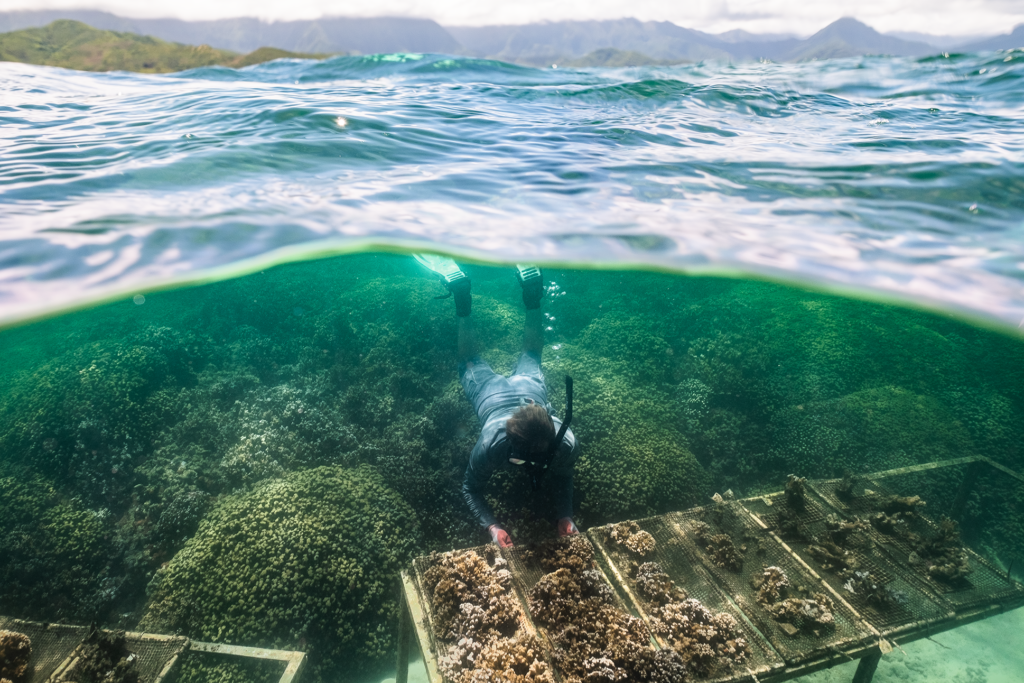
The idea was to artificially accelerate the process of natural selection and engineer “super coral” that could withstand the predicted increases in ocean temperatures. The work consisted of old-fashioned selective breeding, the same technique used to create everything from golden delicious apples to golden doodle puppies.
Gates’ team took samples of reef-building corals found in Kāne‘ohe Bay that exhibited higher than average thermal tolerance and bred them with other corals, with the goal of producing more resilient offspring.
Gates’ work made international headlines. The Economist and Netflix produced documentaries about her research, and she was a fixture on Hawai‘i Public Radio. Then, on October 25, 2018, at the age of 56, Gates died of complications related to surgery for diverticulitis.
The scientists at the Coral Resilience Lab, known then as the Gates Coral Lab, grieved the loss of their charismatic leader, even as they endeavored to continue her groundbreaking research.
Taking over as principal investigator was Crawford Drury, whom everyone called Ford. When we first met outside the lab, he wore shorts and sunglasses and a backwards baseball cap. Neither he nor the institute were what I expected.
I had imagined someone older, maybe wearing a white lab coat. And the island, well, it felt less like a place that produced world-class research than a science experiment that had gone awry, a Frankenstein of dredged earth and mysterious ruins held together by fossilized bags of Quickcrete.
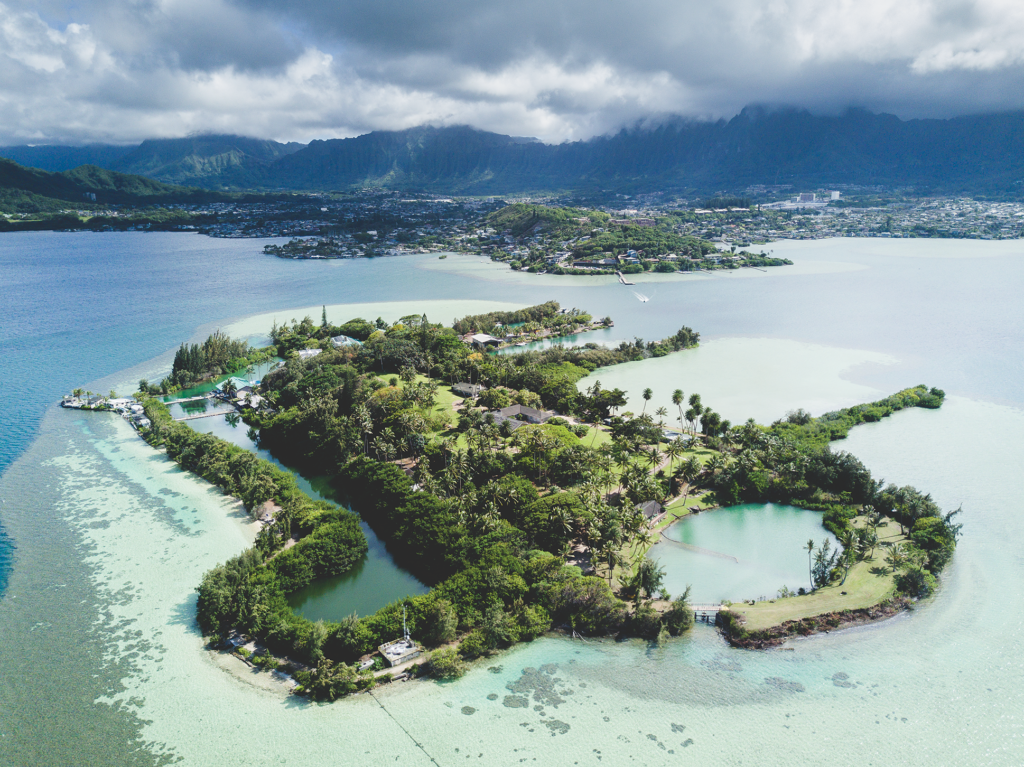
Coconut Island is traditionally known as Moku o Lo‘e, or the land of Loʻe, named after one of four siblings who, stories say, traveled from Wai‘anae to make their home on O‘ahu’s windward shore. In the early 20th century, the island was purchased by entrepreneur Christian Holmes, who for much of the 1930s, used the island for a tuna cannery as well as a private retreat. He dredged the bay to expand the island, cutting trenches in the reef and building long, spindly fingers of land that stretched out as if to touch Kāne‘ohe. He added a house, a bowling alley, a shooting range, even a saltwater swimming pool.
Everywhere I looked, Holmes’ follies peeked through the foliage: large lava rock walls, stairs that led to nothing but jungle. Just inland from the now-abandoned swimming pool, a low-slung building housed a series of guest rooms, one of which was being cleaned by a young woman. She said the rooms were used by visiting researchers. When I mentioned all the strange ruins, she explained that the island used to be a zoo. “The elephant ponds were down there,” she said, pointing over the hill.
Indeed, Holmes had a thing for animals. He imported monkeys, a giraffe, a baby elephant to the island. When he died in 1944, the animals became some of the first residents of the Honolulu Zoo. For a few years following, the island was used for R&R for Marine officers, which is how the barracks came to be built.
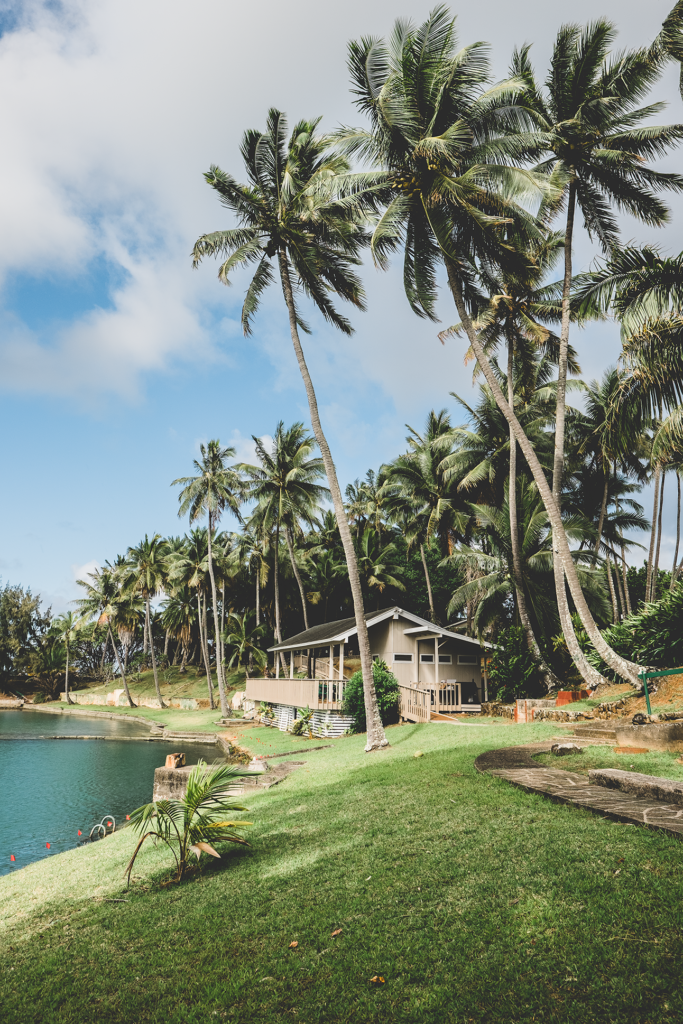
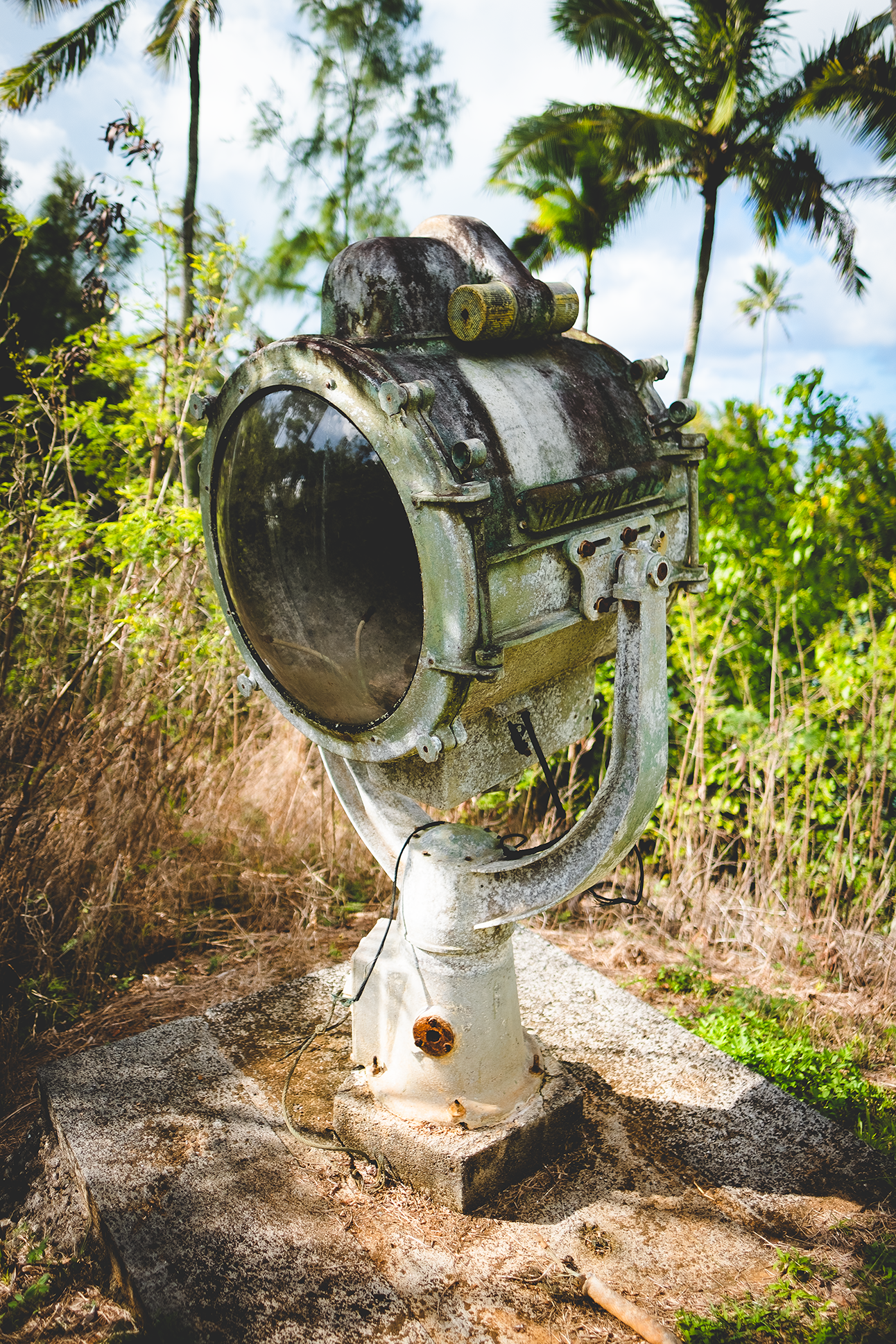
A group of five oil and gas executives then bought the island in 1947, after which one named Edwin Pauley became the sole owner. Pauley hosted renowned guests including, presidents Harry Truman and Richard Nixon, on Coconut Island, and he also helped establish a marine research lab there. The facility eventually evolved into the Hawai‘i Institute of Marine Biology, an independent research station of UH Mānoa’s School of Ocean and Earth Science and Technology. In 1995, Pauley’s family donated $2 million to the University of Hawai‘i Foundation to help it purchase the island outright.
Coconut Island was still a menagerie of sorts when I arrived, though one with more scientific purpose than Holmes had in mind. Its most dramatic residents were the sharks, which cruised a small pond on the east side of the island, their tails flicking in a way that seemed almost feline. Just down the road was the lab, with its hundreds, if not thousands, of corals.
Drury explained that when coral reefs are subjected to abnormal temperatures for extended periods of time, the corals expel their zooxanthellae, a type of symbiotic algae, which turns the reef a ghostly white.
In the end, none of this is about coral. It’s about noticing. It’s about looking around and seeing not an island or an ocean but our collective home.
Timothy A. Schuler
This is what’s known as coral bleaching. Without the zooxanthellae, which provide corals with food and oxygen in exchange for shelter, the organisms are far more susceptible to disease and stress. It was something the scientists had seen firsthand. Between 2014 and 2015, more than half of Hawai‘i’s reef-building corals bleached. It was unprecedented. And it endangered not only Hawai‘i’s reefs but also the many hundreds of marine creatures—and human livelihoods—that depended on them.
In lieu of any meaningful action taken by U.S. lawmakers, scientists were being forced to take the lead on averting a climate catastrophe, Drury said, and there had been a noticeable shift in how researchers approached a subject like coral bleaching. Historically, scientists simply wanted to know how things were. Increasingly, they advocated for how they should be.
Drury’s team didn’t know why some corals were more thermally tolerant than others. But on some level, it didn’t matter. If they could build coral reefs that would survive the coming conditions, that was what they were going to do.
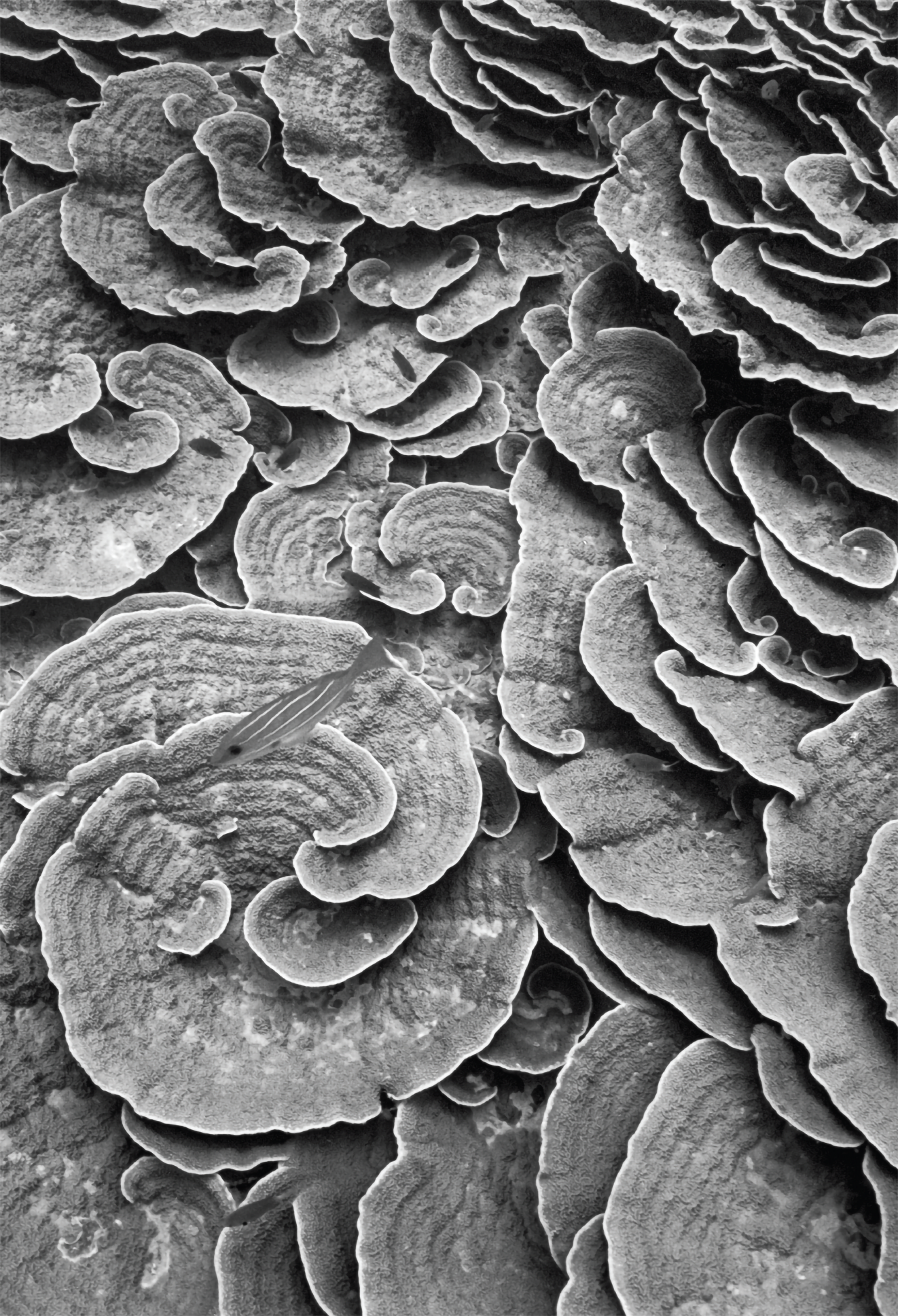

Coral reefs are vital not only to the health of the marine ecosystem—single-handedly supporting 25 percent of all ocean life—but to coastal communities around the globe, including in Hawai‘i. A coral reef is a natural defense against large waves and storm surges, which could otherwise destroy beaches, houses, and coastal infrastructure.
When a reef dies, it doesn’t take long for the underlying structure to degrade. If it collapses entirely, any coastal protection provided by the reef goes with it. Surf breaks could disappear, along with beaches. Rising sea levels would become all the more menacing.
In the end, none of this is about coral. It’s about noticing. It’s about looking around and seeing not an island or an ocean but our collective home. It’s about acknowledging the interminable complexity that undergirds our world, that bright cord that binds us to Earth and to one another. It’s about our species’ endless quest for reciprocity, for symbiosis, for a way of life that leads not to grief but gratitude.



